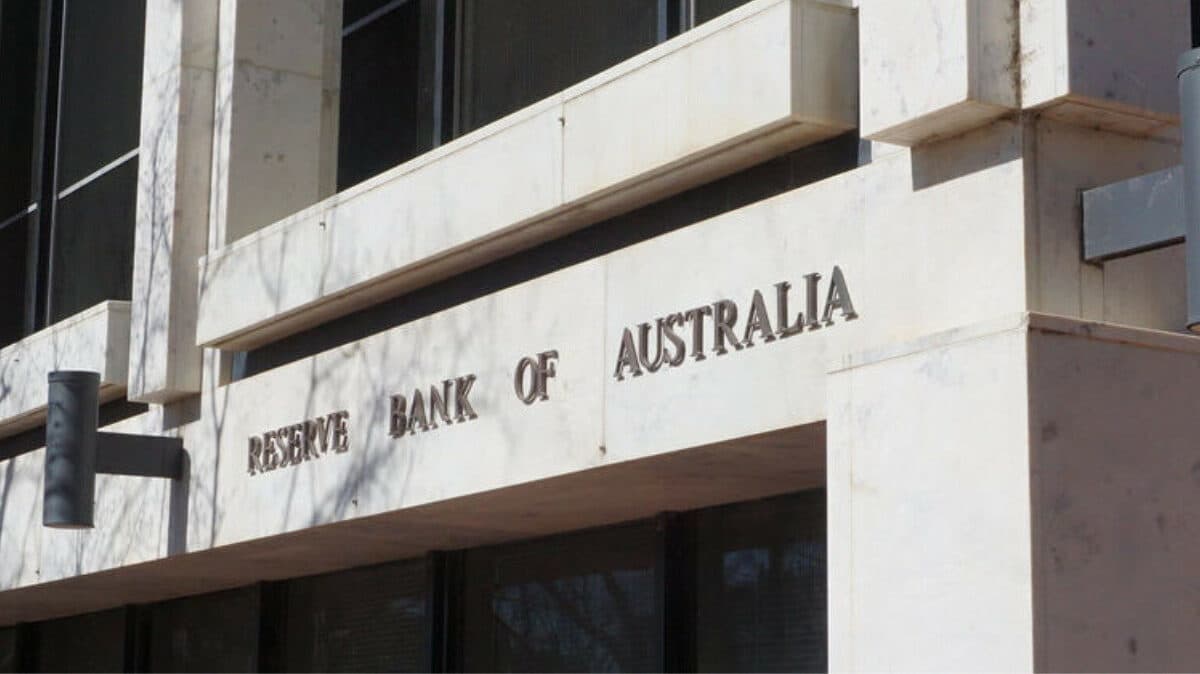Melbourne’s struggling land market jumped in May and August after rate cuts. More momentum expected through November regardless of next week’s decision.
What’s Happening: Australia’s monthly Consumer Price Index hit 3.0% annually, reaching the top of the Reserve Bank’s 2-3% target range, while underlying inflation remained at 2.6%. Property markets are already showing positive momentum ahead of expected November rate cuts.
Why This Matters: Property markets typically respond to interest rate changes within months rather than the 12+ months needed for broader economic effects. The largest dwelling price rises in 2025 occurred after rate cuts in February and August, signalling strong market sensitivity.
Australia’s inflation has returned to the ceiling of the Reserve Bank’s target range, but property markets are already positioning for the next wave of interest rate relief.
The Australian Bureau of Statistics’ monthly Consumer Price Index indicator showed annual inflation at 3.0%, marking a return to the top of the RBA’s 2-3% target band. The underlying measure sits more comfortably at 2.6%.
According to Oliver Hume Chief Economist Matt Bell, “Today’s inflation result was in line with market expectations but still pushed the annual rate as measured by the monthly numbers back to the top of the RBA target range at 3.0%. The underlying measure remains within the band at 2.6%.”
The inflation reading comes as markets had priced less than a 5% chance of a cash rate cut at next Tuesday’s RBA meeting, though confidence remains high for cuts in November or December.
Bell notes that while the result doesn’t change the broader outlook, it highlights important implications for property market movements through the final months of 2025.
Property responds fast
“Rate cuts can take over 12 months to filter through to the broader economy, but the impact on property markets is generally a lot faster, especially on those markets that may have been performing relatively weakly,” Bell explains.
The data supports this rapid response pattern. “The largest monthly price rise for established dwellings in 2025 came in August, after the 0.25% cut was delivered early that month. The second largest monthly rise was in March, after the first cut in the cycle was delivered in late February.”
Melbourne land jumps
Melbourne’s vacant land market, which had been struggling, provides a clear example of this quick market response to monetary policy changes.
“In the previously struggling Melbourne vacant land market, the first real jump in sales volume was in May, a month that delivered a rate cut. June and July sales eased slightly but jumped strongly again in August after the decision on the 12th,” Bell observed.
Oliver Hume expects increased sales volumes and rising prices across all land markets in 2025, particularly in the second half, as rate cuts work their way through household finances and balance sheets.
Momentum continues
Looking ahead, Bell forecasts sustained market activity regardless of immediate policy decisions.
“We expect positive momentum is to continue into October and November, regardless of next week’s rate decision, but the forecast cut in November is likely to provide another spark into 2026, especially to those markets coming off lower bases.”
Recent market data shows CPI rose 0.7% in the June 2025 quarter and 2.1% annually, with markets pricing in a 92% chance of a cut at the RBA’s August meeting.
The property sector’s swift response to monetary policy adjustments contrasts sharply with other economic sectors, where rate cut benefits typically take more than a year to materialise across the broader economy.
Keep up to date with our stories on LinkedIn, Twitter, Facebook and Instagram.

